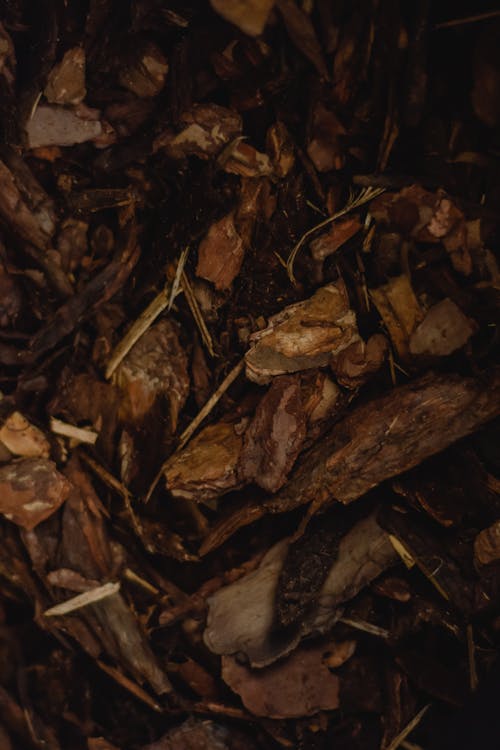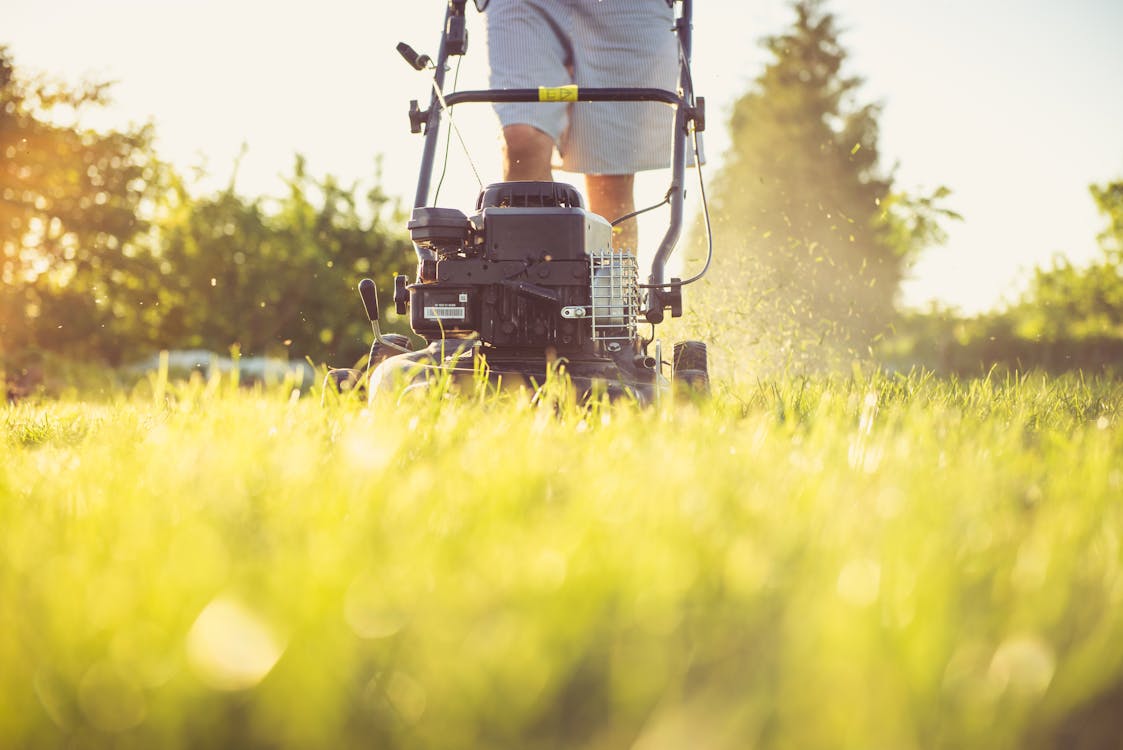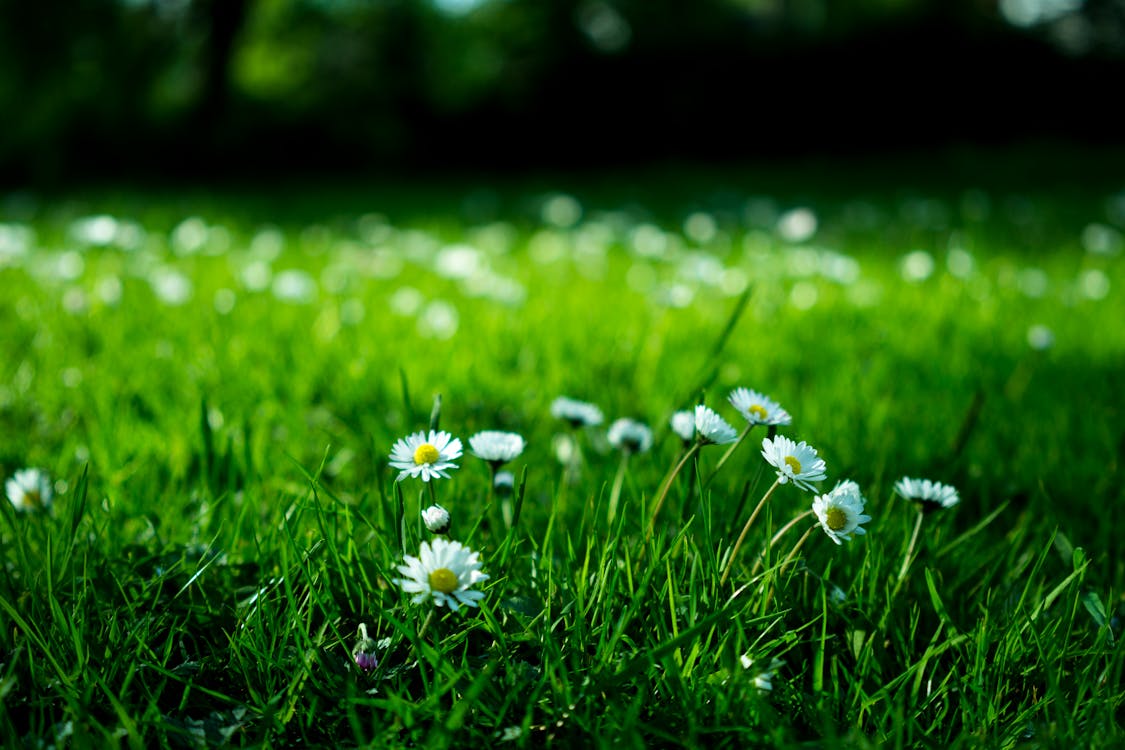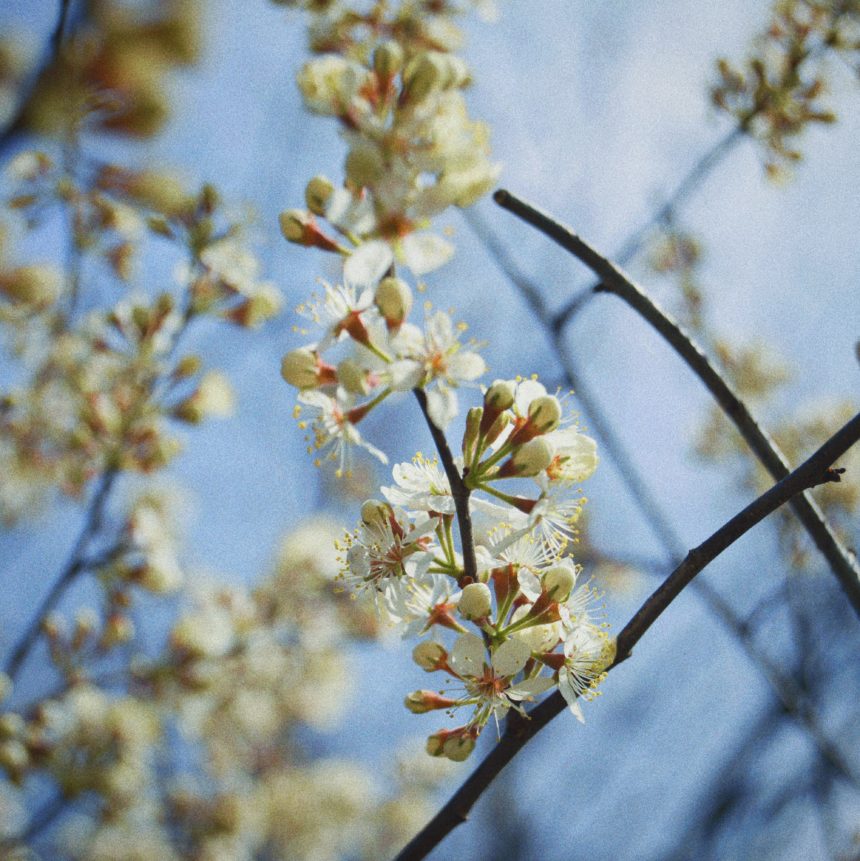While you sit and contemplate life and everything else in the cold harsh winter of the North and Midwest this year, consider also contemplating your plans to prepare your yard for the coming Spring with these helpful tips from LandscapeArchitectural.com
- Clean It Up – Winter weather brings all sorts of water, snow, and various debris on and over your yard for months, which can smother your lawn and plants and leave them gasping for nutrients and air. So the best thing to do once the snow has gone for good is to gather up all the leaves, branches, and other various debris that has collected. Not only does this give your lawn room to grow, but it also prevents you from wearing out your mower by running over stuff that it’s not supposed to.
- Service Your Mower and Mow Early and Often – If you mow about once every five days in the spring, your lawn will be able to grow thicker and fuller than if you only mowed it every 7 or 8. This is because if you wait for the grass to get too long, and then cut it, it damages the blades and they do not grow in properly as a result.
Of course, in order to ensure you can mow early and often enough this Spring, you should pull out the lawnmower once the weather warms up and give it a test spin. Make sure it starts and runs properly without sputtering or emitting too much smoke. A yearly tune-up is advised, which normally consists of sharpening or replacing your blade (sharp blades cut instead of tear the grass), replacing your spark plugs, and replacing your air and gas filters. It’s easy for debris to get into your gas tank so it’s always a good idea to clean it out and rinse the screens to make sure your fuel injector is getting enough fuel.

- Mulch – After you’ve got the grass trimmed and clear of debris, now would be a great time to freshen up your various beds you might have. Shape the linings, prune dead branches and then replace the mulch and add what is needed to protect your bed from weeds and other elements. If you can, choose hardwood mulches as the softer dyed woods do not last as long and fade in color easily.
- Trim – Dead tree limbs and branches often have a habit of falling and creating debris in your yard as well as possibly causing property damage. It’s usually a good idea to do a yearly trimming of the trees in your yard so that you can avoid damage and cleanup later.
- Rake It In – While most people are only accustomed to raking up leaves in the fall, raking also has the benefit in the Spring of dealing with the persistent thatch issue that comes after Winter. Thatch is a layer of dead grass and fibers that have compressed between the healthy grass and the soil, and it is a great idea to rake up this thatch once your grass starts to turn green. If you rake too early, you risk damaging your turf. And when you do rake, it is best to use a soft, plastic leaf rake instead of a metal rake.
- Aerate (if you have to) – While it’s not ideal to aerate in the spring, your yard may require early aeration if it is heavily traffic or susceptible to moss growth (which thrives on compacted soil.) Aeration creates openings in your turf that allow water and air to reach the roots of your grass, and might be necessary in the Spring if you suffered a lot of snowfall or if your soil just seems particularly compressed. BE WARNED: Aeration in the spring will invite weed growth in your yard, so if you must aerate, try to hold out until Memorial Day, when most weeds will have already started germinating.

- Test Your Soil – Speaking of moss, a highly acidic oil can cause problems such as moss and other unwanted growth. Soil is tested and measured by the pH scale, where any number below a 7 is acidic, and anything higher alkaline content.
Grass generally prefers a pH level of 7, or Neutral. If you test your soil and it tests too far on either side of the spectrum, you will want to treat your lawn with the proper applications to bring your soil back down to a neutral pH level. For instance, highly acidic soil (which grows moss) can be brought back down by adding something like ground limestone. In contrast, if a soil is too alkaline, you might be advised to spread soil and other sulfates in order to boost its acidity. Before you do anything, it is usually a good idea to check with local exports to find out what amounts and methods would be best for your yard. - To Seed or Overseed – Sometimes winters can be harsh and can really do a number on your lawn, creating bare patches. Heavy traffic, pets, and neglect can also lead to bare patches, so it is common for every homeowner to have to overseed their yard from time to time. Normally, fall is the best time to overseed so that you are not fighting with weeds that want to use your lawn’s resources and food to grow. But, sometimes it’s necessary to plant some new seed in the Spring to help with some trouble spots in your yard.
While you can apply seed to just the bar patches, this might ot be enough to fix the problem. Overseeding is a practice where you apply fresh seed over your entire grass area. If you plan to seed in the spring, also plan to supplement that with a starter fertilizer. The nitrogen in this fertilizer will keep your soil moist and health until the seeds can start sprouting and germinating. This is when you’ll want to apply normal fertilizer. BE WARNED: Overseeding and fertilizing in the spring invites weed such as crabgrass so you will need to be careful and take precautions to avoid overgrowth.

- Fertilize – Lawns can be fertilized organically by topdressing with compost or using a mulching mower to chop lawn clippings into a nourishing source of nitrogen. But, for those who prefer the fast-acting effects of a chemical fertilizer, the Scotts Miracle-Gro Company provides a widely accepted schedule for fertilizing lawns that includes a spring feeding. However, many experts recommend a lighter feeding in spring and a heavier one in late fall for cool-season grasses. Too much fertilizer in spring can lead to disease and weed problems. And, if you fertilized in late fall, then your lawn still has fertilizer to feed on in spring.
- Apply Pre-Emergent Herbicides – Depending on who you ask, some weeds are okay in your yard and some aren’t. Some allow nature to take it’s course, and others would rather keep their yard and turf healthy and free of any invasive species. For those people, spring is the best time to not only be considering your lawns’ growth, but as well as weed prevention. That being said, not all weeds are created equal. Some are annual, some are perennial, so its important to consult a local expert on what kinds of weeds you’ll be dealing with in early Spring. Some weeds will need to be treated before they even grow out of the ground, while some will need to be treated once they’ve sprouted. This is where pre-emergent and post-emergent herbicides come into play.
A pre-emergent herbicide acts as a chemical barrier in your soil, and will prevent seedlings from growing roots and shoots in your turf. Again, you will want to consult your local L&G expert about common weeds found in your area, but, for instance, a very common and hard to combat weed that could benefit from pre-emergent treatment is crabgrass. Crabgrass tends to start rumbling once temperatures have reached the 60s. It can be very pervasive, and even with pre-emergent treatment, crabgrass and other weeds might require further treatment.

- Apply Post-Emergent Herbicides (Or, Manual Removal) – A fine example of a pervasive and often-maligned weed flower are Dandelions. While some don’t mind their presence, and in fact allow them to grow freely in order to help sustain local wildlife, sometimes dandelions and related weed flowers can be an eyesore or just unwanted. Dandelions, and other common weeds that can crop up on your lawn are easily treated with post-ermegent herbicides. This kind of treatment is done with spot treating, rather than a blanket application, so-as to not needlessly taint your soil and cause problems down the road.
If you’d prefer the natural approach, many of these weeds can be removed by plucking their stems from the ground or manually digging them out, root and all. Dandelions, White Clover, Wild Violets and so on can all be treated this way!
…And there you have it! 11 helpful tips on getting your ready for the Spring!
At Landscape Architectural, we pride ourselves on knowing the aspects of landscaping and yard maintenance in and out. With our services, we can offer you a complete design package for your yard and home that will cover the overall scope of your yard layout and design profile, down to the individual plants that go in your beds and how to take care of them. A landscape architect simply takes the guess work out of keeping your yard looking healthy and gorgeous. If you’d like to know more about what is offered, please consider checking out our Homeowner’s Page for more information, as well as a chance to schedule a Free 30-Minute Consultation.

